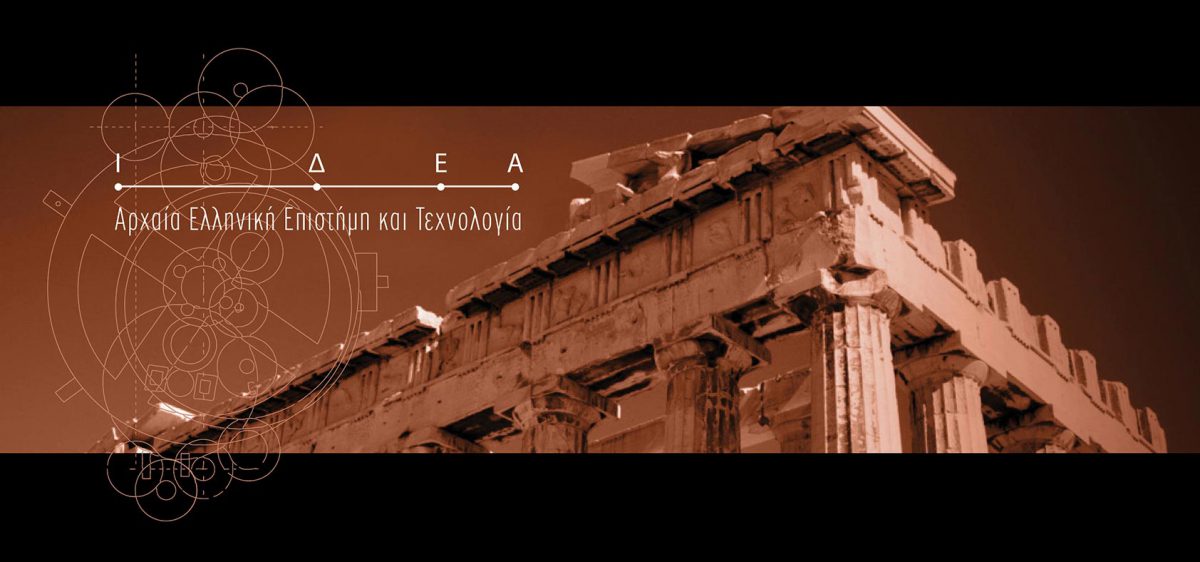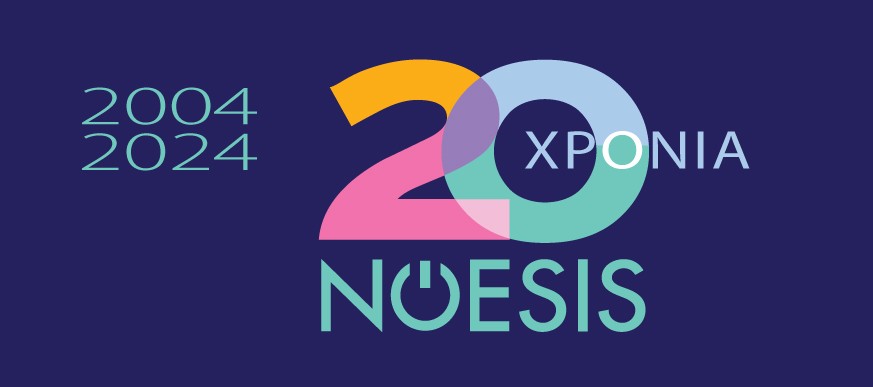IDEA – Exhibition of Ancient Greek Science and Technology

The exhibition IDEA – Ancient Greek Science and Technology, presents the evolution of Greek thought that created a series of scientific, technical and artistic fields. At the same time, it deals with all those technological achievements, which brought the ancient Greek world to a globally recognized level.
The production, exploitation and management of the exhibition is carried out by the Science Dissemination Center and NOISIS Technology Museum. It is scientifically supported by the Society for the Study of Ancient Greek Technology (EMAET). The study and supervision of the exhibition was undertaken by the company TETRAGON and was implemented with the kind donation of the Stavros Niarchos Foundation.
As pointed out by the General Manager of NOESIS, Thanasis Kontonikolaou:
“NOISIS with the donation of the Niarchos Foundation succeeds and realizes the vision and goal to spread Ancient Greek Science and Technology in the international environment. The aim is the presence of the exhibition in the largest Museums and Technology Centers, with which NOESIS is in collaboration within many European programs, related to new technologies, education and culture. NOESIS manages to be one of the few technology centers that has its own production and exhibition with a unique object of national and cultural heritage. Realizing our responsibility and the mission that we undertake, our commitment is the continuous effort to promote and promote the exhibition and our contribution to the diffusion of Ancient Greek Technology and its connection with the modern world and innovative technological applications “.
The exhibition
The modern way of presenting the exhibition and the use of new digital media, challenges the visitors to get to know the world of ancient Greek science and technology. It is aimed mainly at youth and school groups, families and non-specialized visitors, being a cultural event for everyone. In a comprehensible and entertaining way, young and old learn about technological achievements of 3,000-2,000 years and about scientific fields, which provided solutions to everyday problems and needs of people, from antiquity until today.
Rich surveillance material and animations (3D), narratives of ancient faces, holograms, sounds, miniatures and of course models of technological findings and reconstructions achieve a multidimensional reconstruction of the ancient world.
The exhibition narration allows the visitor free tour of the space, giving him some basic directions. As he enters the space he is greeted by the introductory section with the interactive chronology. The chronology places a series of achievements and technological events in time, defining the range of periods dealt with by IDEA.
A point of reference in space is the Axis of Thought, which runs through the exhibition, giving it a luminous dynamic pulse. It presents the main manifestations of philosophical searches, which were stations of Greek thought and gave birth to a series of technological achievements, arts and sciences. At the same time, in the area of the axis, it is possible to implement museum-pedagogical programs in the specially designed interaction banks.
On either side of the axis, the 19 exhibit sections are developed, which are sub-areas of the exhibition with an independent presence. They contain information, rich supervisory material, audiovisual media and exhibits that converse with the axis, as well as with each other in terms of meaning and content.
The sections have on their surfaces, an aesthetically imposing mythological element and the general introduction that defines the context of each theme. Each section presents important achievements, based on the ideas, construction techniques and their originality. Ancient and modern technologies are often confronted to emphasize the timelessness of achievements.
In total, the exhibition achieves the complete presentation of ancient Greek technology and science, through a variety of interpretive tools, which include 27 small audiovisual productions, a 12-minute documentary, interactive applications and 23 model exhibits.
For more information on the content of the report click here.
For the exhibition presentation form in English click here.
The exhibition was presented at NOISIS from September 2016 to October 2017 and from March to December 2018 at the “Hellenic World” Cultural Center in Athens. For more click here.
